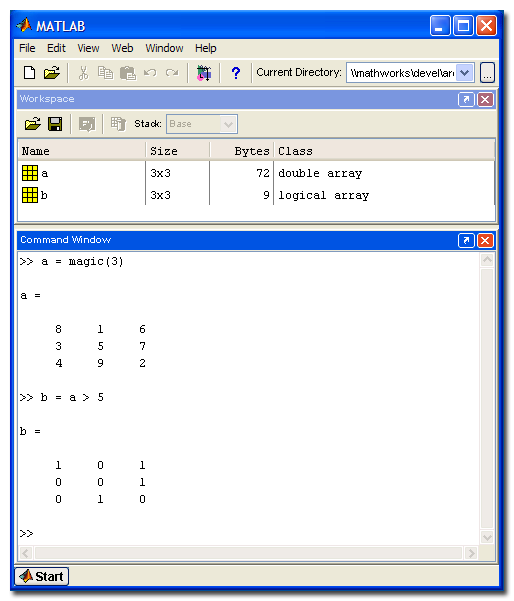

Both, GloMoSim as well as Parsec, were developed by the Parallel Computing Lab. GloMoSim is a scalable simulation environment for wireless and wired network systems, which uses the parallel discrete-event simulation capability provided by Parsec, a c-based simulation language for sequential and parallel execution of discrete-event simulation models.

#MATLAB 2012 PORTABLE CODE#
Both types have advantages and disadvantages, but basically it can be stated that while the evolutionary adaptation has some advantages in reusing well-tested ideas and source code as well as the bigger user and developer basis, the new developments have their advantages in focusing on the special characteristics and the functioning of sensor nodes. In contrast, new developments cover new simulators, which were created solely for simulating WSNs, considering sensor specific characteristics from the beginning. These simulation environments were then extended to support wireless functionality and were then adapted for the use with WSNs. The adaptive development covers simulation environments that already existed before the idea of WSNs emerged. Basically, the investigated simulation environments can be divided into two major types: adaptive development and new development. In this section, a selection of existing simulation environments for WSNs is discussed. Review of existing simulation environments for WSNs

The mechanisms of smart sensors work in one of three ways: by a line of sight to the target (such as visual sensors), by proximity to target (such as seismic sensors), and by propagation like a wave with possible bending (such as acoustic sensors).Ģ. A smart sensor is also capable of self-identification and self-diagnosis. Their mechanism may be seismic, magnetic, thermal, visual, infrared, acoustic, or radar. Sensors can monitor temperature, pressure, humidity, soil makeup, vehicular movement, noise levels, lighting conditions, the presence or absence of certain kinds of objects or substances, mechanical stress levels on attached objects, and other properties. The sensing unit senses the change of parameters, signal conditioning circuitry prepares the electrical signals to convert to the digital domain, the sensed analog signal is converted and is used as the input to the application algorithms or processing unit, the memory helps processing of tasks and the transceiver is used for communicating with other sensors or the base stations or sinks in WSN, see figure 1. Figure 1 shows the basic architectural components of a sensor node. Ī smart sensor node is a combination of sensing, processing and communication technologies. They are now used in many industrial and civilian application areas, including industrial process monitoring and control, machine health monitoring, environment and habitat monitoring, healthcare applications, home automation, and traffic control. The development of wireless sensor networks was motivated by military applications such as battlefield surveillance. A wireless sensor network consists of spatially distributed autonomous sensors to cooperatively monitor physical or environmental conditions, such as temperature, sound, vibration, pressure, motion or pollutants.


 0 kommentar(er)
0 kommentar(er)
